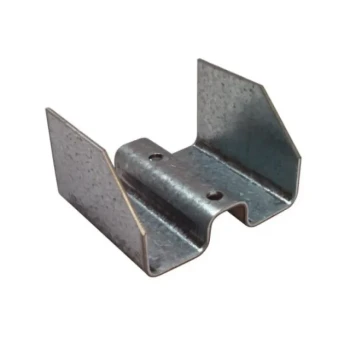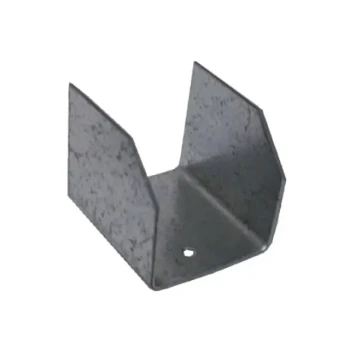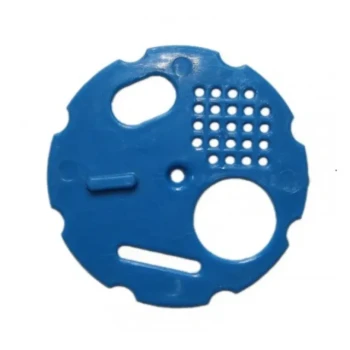To be an effective beekeeper, you must monitor Varroa mite levels before treating your colonies. Monitoring is the critical step that separates informed action from blind intervention, ensuring that treatments are applied only when necessary. This data-driven approach protects your bees from unnecessary chemical exposure and prevents mites from developing resistance to the very treatments designed to control them.
The core reason for monitoring is to shift from a reactive to a proactive strategy. By knowing your specific mite count, you can intervene precisely when the colony is at risk, thereby maximizing treatment effectiveness while minimizing negative side effects like chemical resistance and harm to the bees.
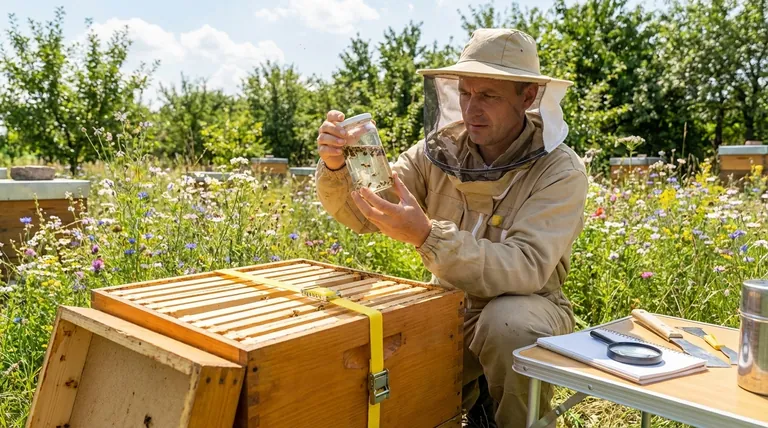
The Problem with Calendar-Based Treatment
For years, a common approach was to treat colonies on a fixed schedule, such as every spring and fall, regardless of the actual mite levels. This strategy is now understood to be inefficient and harmful.
Guesswork Leads to Over-treatment
Treating without data means you are simply guessing. In many cases, you may be applying potent chemical treatments to a colony that has a low, manageable mite load.
This exposes the bees, the brood, and the honey to chemicals for no reason. It introduces unnecessary stress and can have sublethal effects, such as reduced larval development and a shorter adult lifespan.
The Inevitable Rise of Resistance
The most significant danger of over-treating is the development of miticide resistance. Each time you treat, you kill the susceptible mites but leave behind the few that are naturally more tolerant.
These survivors reproduce, passing on their resistant genetics. Over time, repeated and unnecessary treatments accelerate this process, rendering your chemical tools ineffective when you face a genuine crisis.
How Monitoring Drives Better Decisions
Integrated Pest Management (IPM) for beekeeping is built on the principle of monitoring. The goal is not to eradicate every single mite—an impossible task—but to keep the mite population below a level that causes significant harm.
Defining the Treatment Threshold
A treatment threshold is the specific mite count (e.g., a 2-3% infestation rate, or 6-9 mites in a 300-bee alcohol wash) that signals a need to intervene. If your mite levels are below this threshold, treatment is not required.
Knowing this number allows you to make a confident, data-backed decision to either treat or wait. This avoids wasting time, money, and effort on unnecessary applications.
Protecting Your "Winter Bees"
Monitoring is most critical in late summer and early fall. The bees raised during this period are the "winter bees" that must survive for months to keep the queen warm and raise the first generation of spring brood.
High mite levels at this time lead to weak, virus-laden winter bees, which is a primary cause of winter colony losses. By monitoring, you can reduce the mite population before these vital bees are raised, dramatically increasing the colony's chance of survival.
Preventing "Mite Bombs"
A colony that collapses from a high Varroa infestation becomes a "mite bomb." As the hive dies, its mite-infested bees drift to nearby healthy colonies, spreading mites and viruses throughout your apiary and to neighboring ones.
Responsible monitoring and treatment prevent your hives from becoming a source of infestation for the wider beekeeping community.
Understanding the Trade-offs
While monitoring is the gold standard, it requires a shift in mindset and practice. It is not a passive activity.
Consistency is Non-Negotiable
Monitoring is not a one-time event. You must test your hives several times a year (e.g., in spring, mid-summer, and early fall) to understand the trend of your mite population and catch problems before they spiral out of control.
Doing Nothing Is Not an Option
The data from monitoring is meant to guide action. If your counts exceed the established threshold, you must treat. Ignoring high mite counts is the surest path to colony loss. Monitoring informs action; it does not replace it.
Making the Right Choice for Your Goal
Using monitoring data allows you to move from reactive crisis management to proactive, strategic beekeeping.
- If your primary focus is long-term sustainability: Monitor regularly to prevent miticide resistance and ensure your treatments remain effective for years to come.
- If your primary focus is maximizing winter survival: Monitor in late summer and early fall to ensure your winter bees are healthy and free from Varroa-vectored viruses.
- If your primary focus is minimizing chemical use: Monitor to confirm that mite levels are below the treatment threshold, allowing you to confidently and safely skip an unnecessary treatment.
Ultimately, monitoring transforms you from a bee-haver into a responsible beekeeper, armed with the data to ensure your colonies thrive.
Summary Table:
| Key Aspect | Why It Matters |
|---|---|
| Prevents Resistance | Avoids overuse of miticides, slowing the development of resistant mites. |
| Protects Winter Bees | Ensures late-summer bees are healthy, increasing winter survival rates. |
| Defines Action Threshold | Provides a clear data point (e.g., 2-3% infestation) to trigger treatment only when necessary. |
| Avoids 'Mite Bombs' | Prevents collapsing hives from spreading mites and viruses to neighboring colonies. |
Equip your apiary with the right tools for effective monitoring and treatment.
As a trusted supplier for commercial apiaries and distributors, HONESTBEE provides the durable, high-quality beekeeping supplies and equipment you need to implement a successful Integrated Pest Management (IPM) strategy. From mite testing kits to effective treatment solutions, we help you protect your investment and ensure the health of your colonies.
Contact HONESTBEE today to discuss your wholesale needs and learn how our products support data-driven, sustainable beekeeping.
Visual Guide
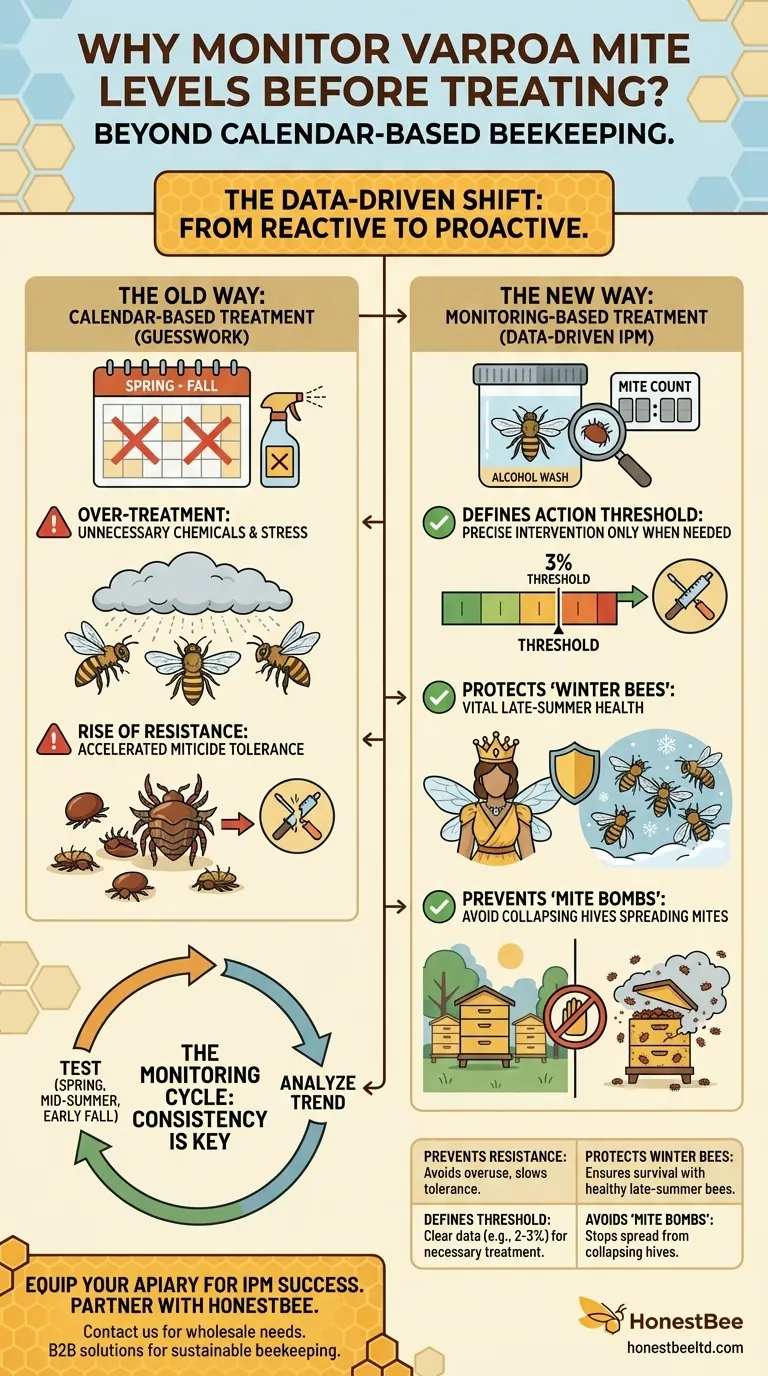
Related Products
- Professional Galvanized Hive Strap with Secure Locking Buckle for Beekeeping
- Durable 12V Oxalic Acid Vaporizer for Varroa Mite Treatment Beehive Beekeeping Tool
- Professional Long-Handled Silicone Honey Scraper for Beekeeping
- Versatile Ratchet Hive Strap with S-Hooks for Secure Fastening
- Endless Loop Ratchet Hive Strap
People Also Ask
- What maintenance is required for hive straps? A Guide to Cam Buckle vs. Ratchet Strap Care
- How can beekeepers secure the top cover of a hive? Protect Your Colony from Wind and Weather
- Can straps with hook ends be used for beehives? A Guide to Secure Hive Management
- What is the best length for straps used around beehives? Why 12 Feet is the Industry Standard
- What are the types of Emlocks available? Choose the Right Strap for Hive Security






